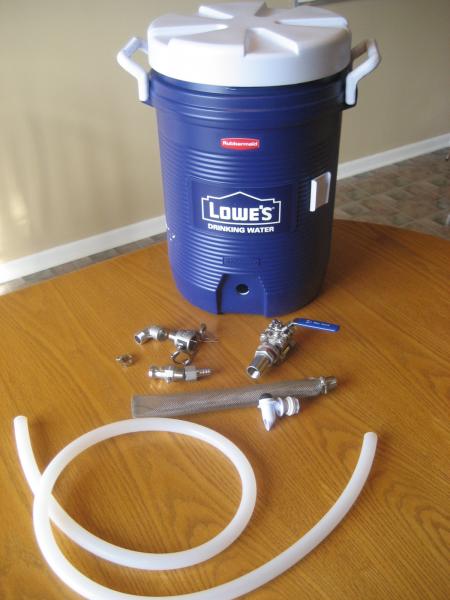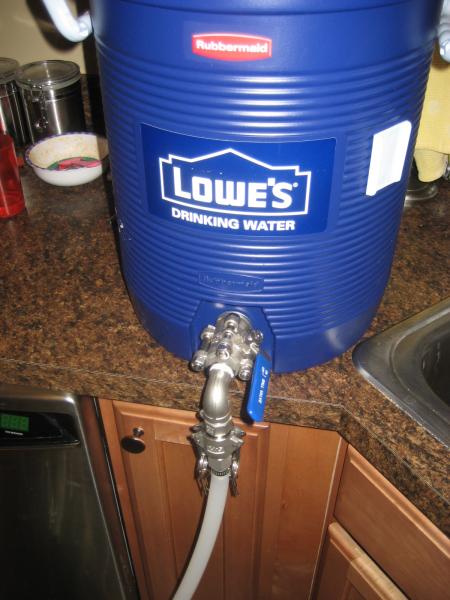29thfloor
Well-Known Member
Anyone have success making a copper manifold instead of the braid?
I used a rectangular cooler but I made a copper manifold for it that seems to be working great.


Anyone have success making a copper manifold instead of the braid?

I had alot of trouble looking for cpvc, the guys at hd couldn't even figure it out so I needed up going with copper for a manifold, my question is I see some guys drill the holes on the bottom and some on the top, wouldn't it be best if the holes where on the bottom for maximum wort?
Out of curiosity what size but did you use on the holes?




![Craft A Brew - Safale S-04 Dry Yeast - Fermentis - English Ale Dry Yeast - For English and American Ales and Hard Apple Ciders - Ingredients for Home Brewing - Beer Making Supplies - [1 Pack]](https://m.media-amazon.com/images/I/41fVGNh6JfL._SL500_.jpg)










What is the reasoning for using a manifold vs. the stainless tubing as described?
Also, I can't say that I read all 205 pages of this thread, but was lead content in brass parts discussed at all? I see John Palmer talks about soaking brass parts in vinegar and hydrogen peroxide to remove lead from brass.


cpatel479 said:Anyone try a washing machine drain hose instead of a supply hose?
http://www.lowes.com/pd_366947-104-LL-T2_0__?productId=3579522&Ntt=braided+supply+hose&pl=1¤tURL=%2Fpl__0__s%3FNtt%3Dbraided%2Bsupply%2Bhose&facetInfo=
Just curious if it would save on cutting and clamping....
I don't think there's an advantage to using the larger diameter braid. If anything it will collapse, or make it easier to break the syphon
I don't think there's an advantage to using the larger diameter braid. If anything it will collapse, or make it easier to break the syphon
I am looking to make a mashtun for stove top batches of 1-2.5 gallons. I have 2 rectangular cooler mashtuns already (48 qt and 60 qt) that I use when I brew outside. I was wondering what brewers might think of using a 5 gallon cylindrical cooler for these brews. Would that be too big or meet the right minimum grain bed depth? [I currently batch sparge so grain depth might not be a huge issue.] Has anyone successfully made a mashtun from a cylindrical cooler that is less than 5 gallons?
got mine built today and did a leak test. All good!
All the ss parts came from bargainfittings.com
here's the bulkhead kit i went with. I went with the standard coupling as the inside fitting, 1.5" nipple, 3 piece ss ball valve, no hose barb and one extra ss washer. From the outlet of the ball valve i have a 1/2" street elbow attached to a 1/2" ss camlock f style fitting. then i have a 1/2" ss camlock b style fitting attached to a 1/2" npt female x 1/2" hose barb. which is attached to the hi-temp tube with a hose clamp.

